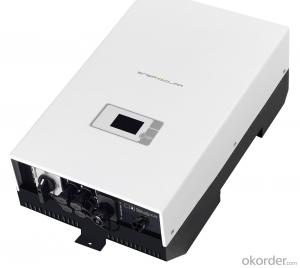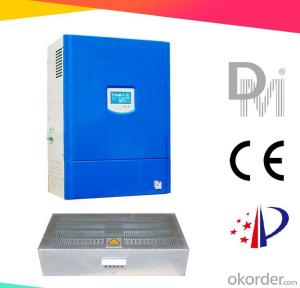Solar Inverter Off Grid
Solar Inverter Off Grid Related Searches
Led Light Bulbs For Ceiling Fixtures Led Lamps For Ceiling 42 In Ceiling Fan With Light Parts For Light Fixtures Light Projector For Christmas Grill With Led Light Bar Hanging Lights For Kitchen Bar Ceiling Lights For Sitting Room Ceiling Brackets For Lights Ceiling With Led LightsHot Searches
Aluminium Wire Mesh Manufacturers India Ceiling Fan Lowest Price Aluminium Scaffold Planks Sale Aluminium Walkway Mesh Prices Aluminum Bar Stock For Sale High Mast Light Price List Solar High Mast Light Specification High Mast Light Specification 6061 Aluminum Bar Stock Price Aluminum Bar Stock Price Stage Light Price Solar Inverter Fault Light Led Light Manufacturers Aluminum Round Bar Stock Sizes Aluminum Round Bar Stock Near Me Ceiling Fan Lowest Price Aluminum Flat Bar Stock Near Me Aluminum Bar Stock Sizes Aluminum Bar Stock Suppliers Aluminum Bar Stock Near MeSolar Inverter Off Grid Supplier & Manufacturer from China
Okorder.com is a professional Solar Inverter Off Grid supplier & manufacturer, offers integrated one-stop services including real-time quoting and online cargo tracking. We are funded by CNBM Group, a Fortune 500 enterprise and the largest Solar Inverter Off Grid firm in China.Hot Products
FAQ
- Yes, a solar inverter can be used in mobile applications. Mobile solar inverters are specifically designed to convert the direct current (DC) power generated by solar panels into alternating current (AC) power that can be used to charge mobile devices or power small appliances while on the go. These inverters are typically compact, lightweight, and have features like USB ports or built-in batteries to provide convenient and portable power solutions.
- The role of a power limiter in a solar inverter is to regulate and limit the amount of power that is fed into the electrical grid. It helps ensure that the solar system does not exceed the maximum power capacity of the grid, preventing any potential damage or overloading. The power limiter also helps maintain a stable and balanced power output, optimizing the efficiency and performance of the solar inverter.
- A solar inverter handles voltage fluctuation during cloud cover by continuously monitoring the incoming solar energy and adjusting its power output accordingly. When the sunlight reduces due to cloud cover, the inverter senses the drop in voltage and adapts by reducing its power output to match the available solar energy. This ensures that the voltage remains stable and the system operates efficiently even in varying weather conditions.
- The potential risks of electrical shock from a solar inverter include accidental contact with live electrical components, inadequate grounding or improper wiring, and failure to follow safety precautions during installation or maintenance. Additionally, poor maintenance, lack of training, or using faulty equipment can further increase the risk of electrical shock.
- Yes, a solar inverter can be used with dual MPPT inputs. Dual MPPT (Maximum Power Point Tracking) inputs allow the inverter to optimize the power output from two separate solar arrays or strings, thereby increasing overall energy efficiency and system performance.
- Yes, a solar inverter can be used with solar-powered outdoor lighting. A solar inverter is responsible for converting the DC (direct current) electricity produced by solar panels into AC (alternating current) electricity that can be used to power various devices, including outdoor lighting systems. This allows the solar-powered outdoor lighting to function efficiently and effectively.
- Yes, a solar inverter can be used with solar-powered emergency backup systems. The solar inverter converts the direct current (DC) generated by the solar panels into alternating current (AC), which can be used to power various appliances and equipment during emergencies. This allows for the efficient utilization of solar energy stored in batteries to provide backup power when the grid is down.
- A solar inverter synchronizes with the electrical grid by constantly monitoring the voltage and frequency of the grid. It adjusts its own output voltage and frequency to match the grid's, ensuring that the electricity generated by the solar panels is in phase and synchronized with the grid. This synchronization allows the solar power to be seamlessly integrated into the grid, enabling efficient power transfer and preventing any disruption to the supply.













































